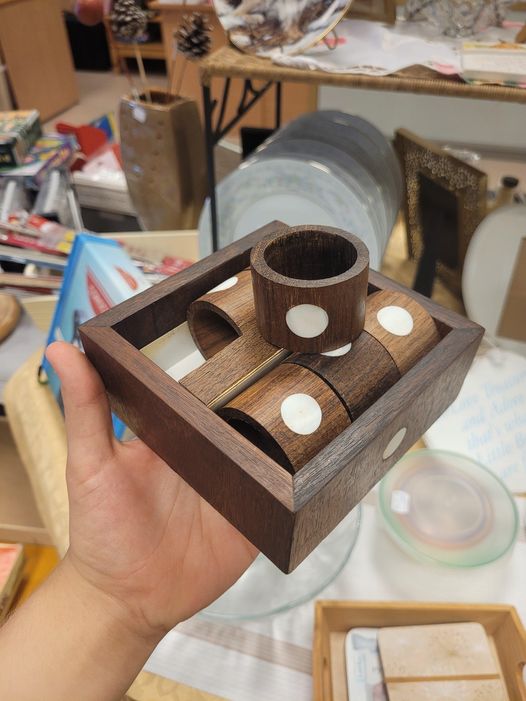History
Napkin rings have a rich history that dates back to the 19th century. Originating in Europe, these elegant table accessories became popular during the Victorian era. They were designed to hold napkins in place and add a touch of sophistication to dining settings. Initially crafted from metal, such as silver and brass, napkin rings were often ornately decorated and served as both functional and decorative elements. Their use spread across different social classes, reflecting their versatility and appeal. By the late 19th and early 20th centuries, napkin rings had become a staple in formal dining settings and were often given as gifts or passed down through generations.
Usage
Napkin rings serve a practical purpose by keeping napkins neatly arranged and easily accessible during meals. In addition to their functional role, they add a decorative touch to the dining table, enhancing the overall dining experience. Traditionally used in formal settings, napkin rings are now commonly used in everyday dining as well. They come in a variety of materials, including metal, wood, glass, and fabric, and can feature a wide range of designs from classic to contemporary. Modern napkin rings often reflect personal style or thematic elements, making them popular for special occasions, holidays, and gatherings.
Legacy
The legacy of napkin rings lies in their enduring charm and versatility. While they originated as a symbol of refinement and elegance, they have evolved to become a beloved accessory in both formal and casual dining settings. Their ability to combine functionality with style has cemented their place in dining traditions. Antique napkin rings, especially those made of precious metals or featuring intricate designs, are highly collectible and valued for their craftsmanship and historical significance. Today, napkin rings continue to be cherished for their ability to personalize and elevate dining experiences, bridging the gap between tradition and modernity.
In summary, napkin rings have a storied history rooted in European elegance and practicality. Their usage has evolved from a symbol of formal dining to a versatile accessory for various dining occasions. The legacy of napkin rings endures through their blend of functionality and aesthetic appeal, making them a timeless addition to any table setting.

Leave a Reply